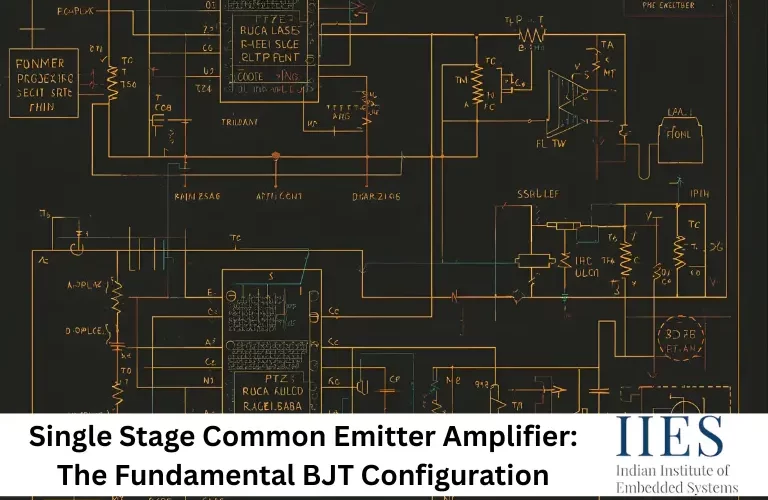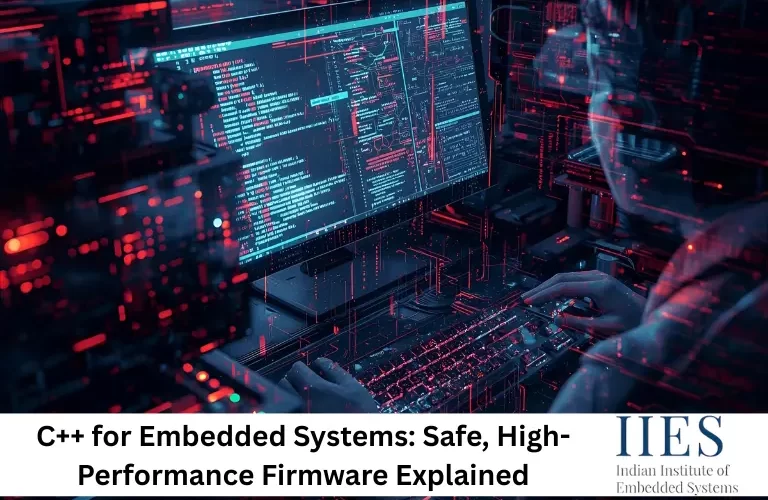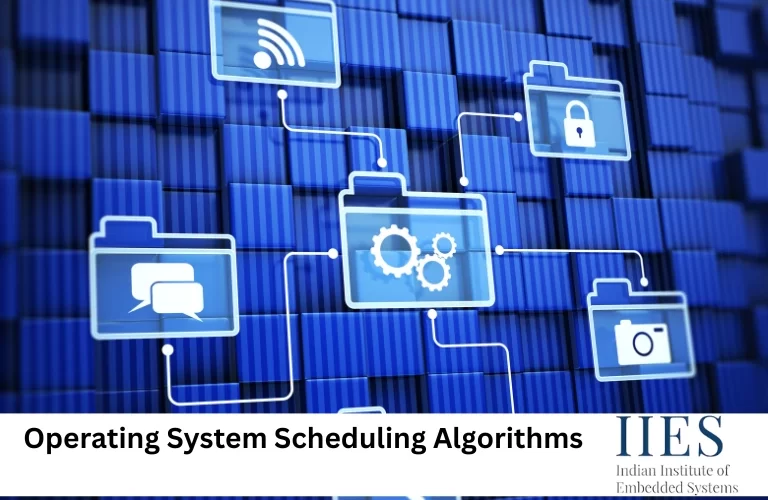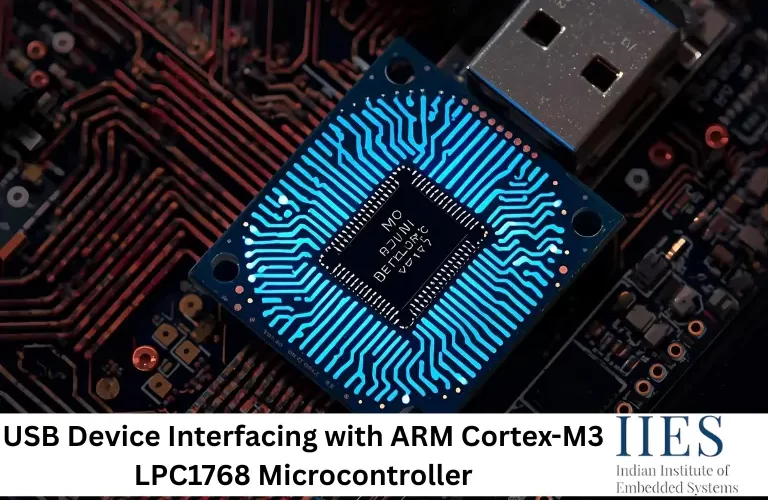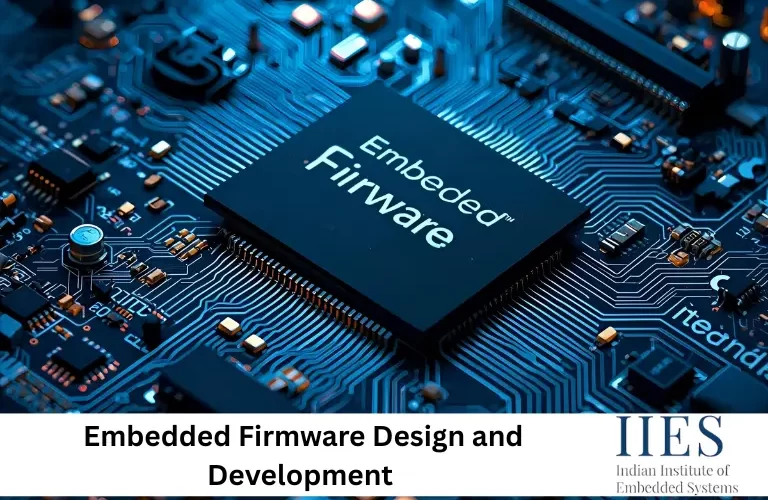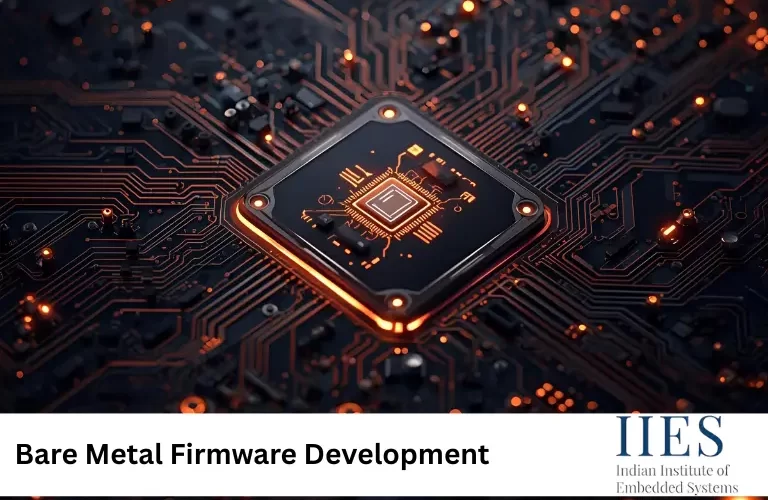Single Stage Common Emitter Amplifier: The Fundamental BJT Configuration 1. Introduction to CE Amplifier The single stage common emitter amplifier is the most widely used BJT amplifier configuration in analog electronics. The single stage common emitter amplifier provides both voltage and current gain, making it …
Read more
C++ for Embedded Systems: Safe, High-Performance Firmware Explained Embedded systems are no longer limited to simple control logic or bare-metal applications. Today, C++ for embedded systems is widely used in automotive ECUs, industrial controllers, medical devices, IoT gateways, and AI-enabled edge platforms. As embedded products …
Read more
Operating System Scheduling Algorithms Operating System Scheduling Algorithms are a core concept in computer science and form an important part of operating system theory for exams, interviews, and real-world system design. This article explains Operating System Scheduling Algorithms in simple language with clear definitions, types, …
Read more
USB Device Interfacing with ARM Cortex-M3 LPC1768 Microcontroller The LPC1768 USB device, built on the ARM Cortex-M3 processor, is a widely used microcontroller in embedded USB applications that require real-time performance and rich connectivity. One of its strongest features is the integrated USB controller supporting …
Read more
Interfacing Embedded Ethernet with ARM Cortex-M3 Processor-Based Controller LPC1768 The LPC1768, based on the ARM Cortex-M3 processor core, is a powerful 32-bit microcontroller with Ethernet capability, widely used in embedded Ethernet and ARM Ethernet applications. One of its strongest features is the built-in Ethernet MAC …
Read more
Embedded Firmware Design and Development – A Complete Beginner-Friendly Guide Embedded Firmware Design and Development forms the foundation of modern intelligent systems, powering everything from household gadgets and consumer electronics to automotive ECUs and industrial controllers. Firmware acts as the bridge between software logic and …
Read more
Embedded Debugging Techniques – Tools, Methods & Practical Guide Embedded Debugging Techniques are the backbone of reliable firmware development, ensuring that microcontrollers, real-time operating systems, and embedded Linux platforms function as intended. Unlike desktop software, embedded applications interface directly with hardware making issues harder to …
Read more
Automotive Embedded Systems – Complete Guide for Modern Vehicle Innovation Automotive Embedded Systems have become the digital backbone of modern vehicles, transforming traditional automobiles into intelligent, software-centric machines. In a world where mobility is rapidly evolving, embedded electronics ensure safety, connectivity, performance, and autonomous intelligence …
Read more
ISR Latency – Complete Guide to Ultra-Fast Interrupt Response in Embedded Systems ISR Latency in Embedded Systems is a critical performance factor in real-time applications where every microsecond matters. Unlike general-purpose systems, real-time embedded designs must guarantee predictable interrupt response to ensure system stability and …
Read more
Bare Metal Programming Made Easy: Beginner Roadmap Bare Metal Firmware Development plays a crucial role in bare metal embedded systems, especially when working with custom ASICs. Unlike typical microcontrollers that provide built-in libraries, predefined memory maps, and vendor-supported tools, a custom ASIC offers none of …
Read more

